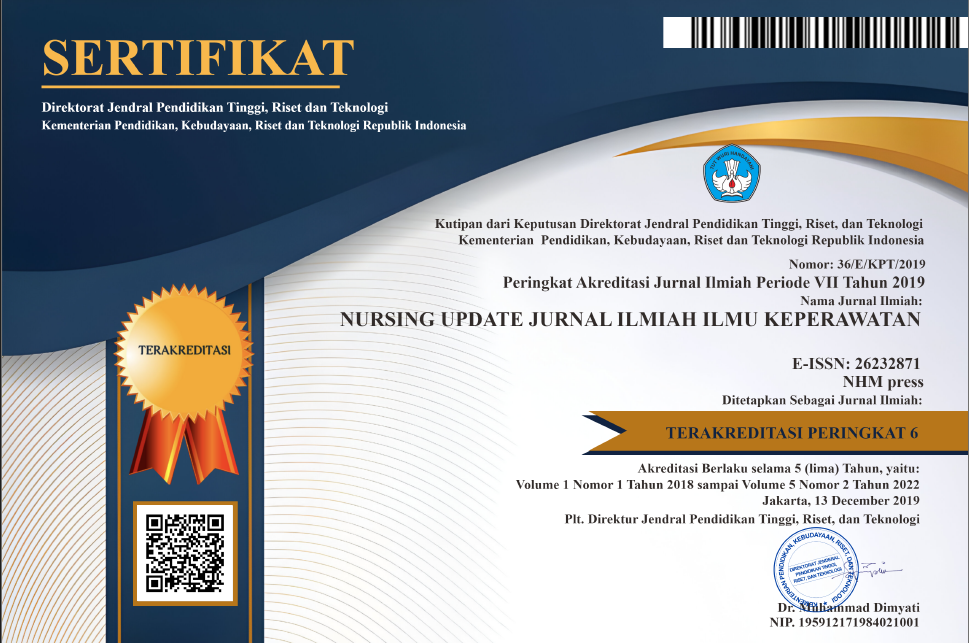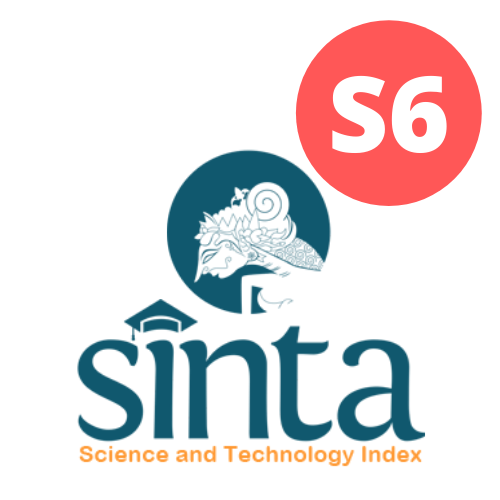Analisis Faktor-Faktor Yang Berhubungan Dengan Kejadian Stunting Pada Balita di Wilayah Kerja Puskesmas Alak, Kota Kupang
Abstract
Stunting is a form of growth disorder in infancy and childhood is also a sign of chronic malnutrition (long time) which adversely affects the growth and development of children Stunting or often called stunting is a condition of failure to thrive in children aged under five years (toddlers). This study aims to determine the factors associated with the incidence of stunting in children under five in the Alak Health Center Work Area. This study is an observational study with a case control research design. In case-control studies, observations or measurements of independent variables and dependent variables are not carried out at the same time. The study began by measuring the dependent variable, namely the effect, while the independent variables were searched retrospectively. From the results of the Fisher Exact Test, it was found that there was a relationship between breastfeeding history factors p = 0.000 (p < 0.05), Economic Status p = 0.000 (p < 0.05), Birth Distance p = 0.000 (p < 0 0,05), LBW p=0,000 (p<0,05), Anemia in Mother p=0,000 (p<0,05), Hygiene and Sanitation p=0,000 (p<0,05) with stunting incidence. Meanwhile, there is no relationship between genetic factors p=0.090 (p>0.05) and the incidence of stunting. The conclusion of this study is that there is a relationship between the history of breastfeeding, economic status, birth distance, history of low birth weight, maternal anemia, hygiene and environmental sanitation with the incidence of stunting. And there is no relationship between genetic factors and the incidence of stunting in the Alak Health Center Work Area.










